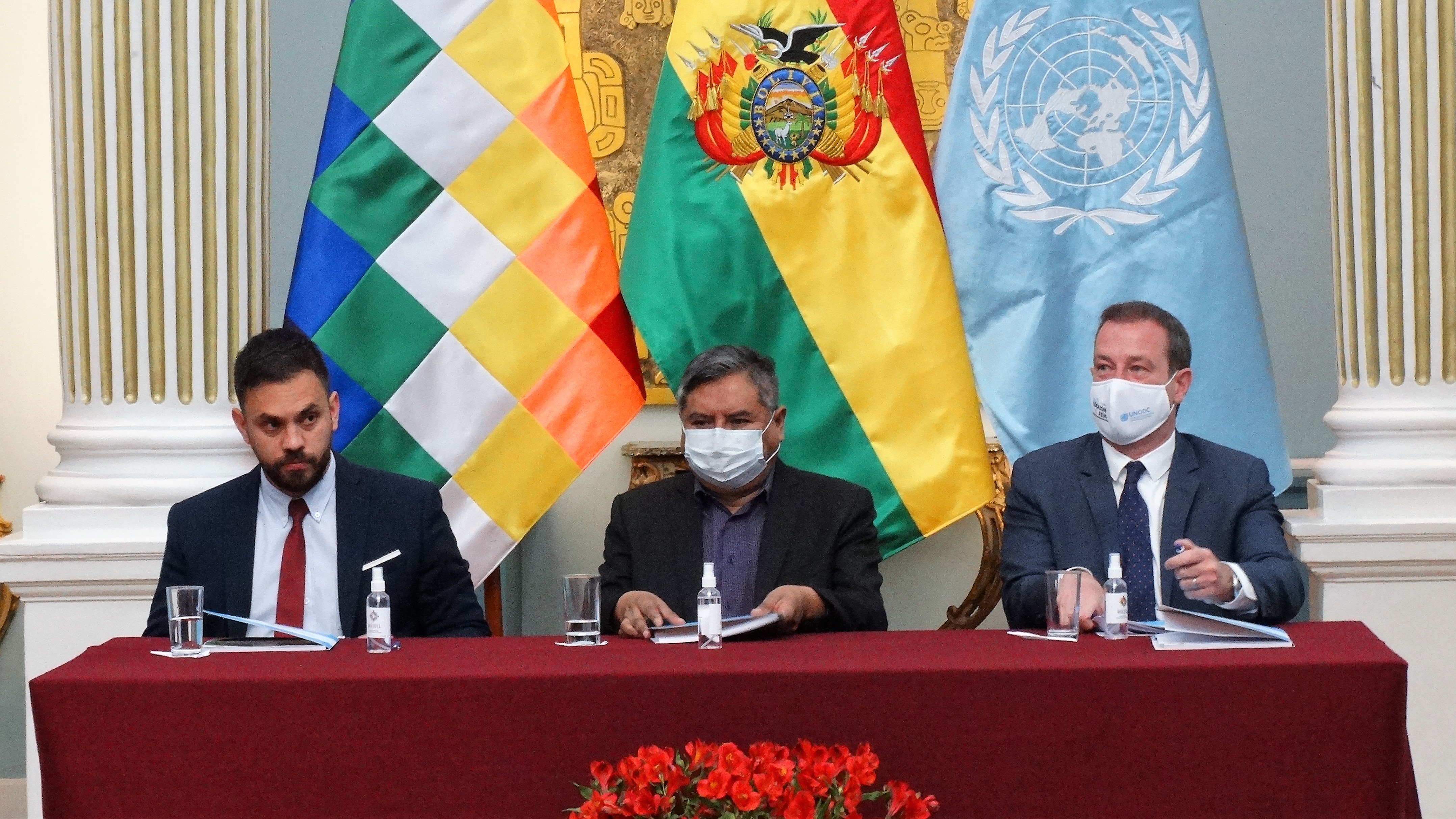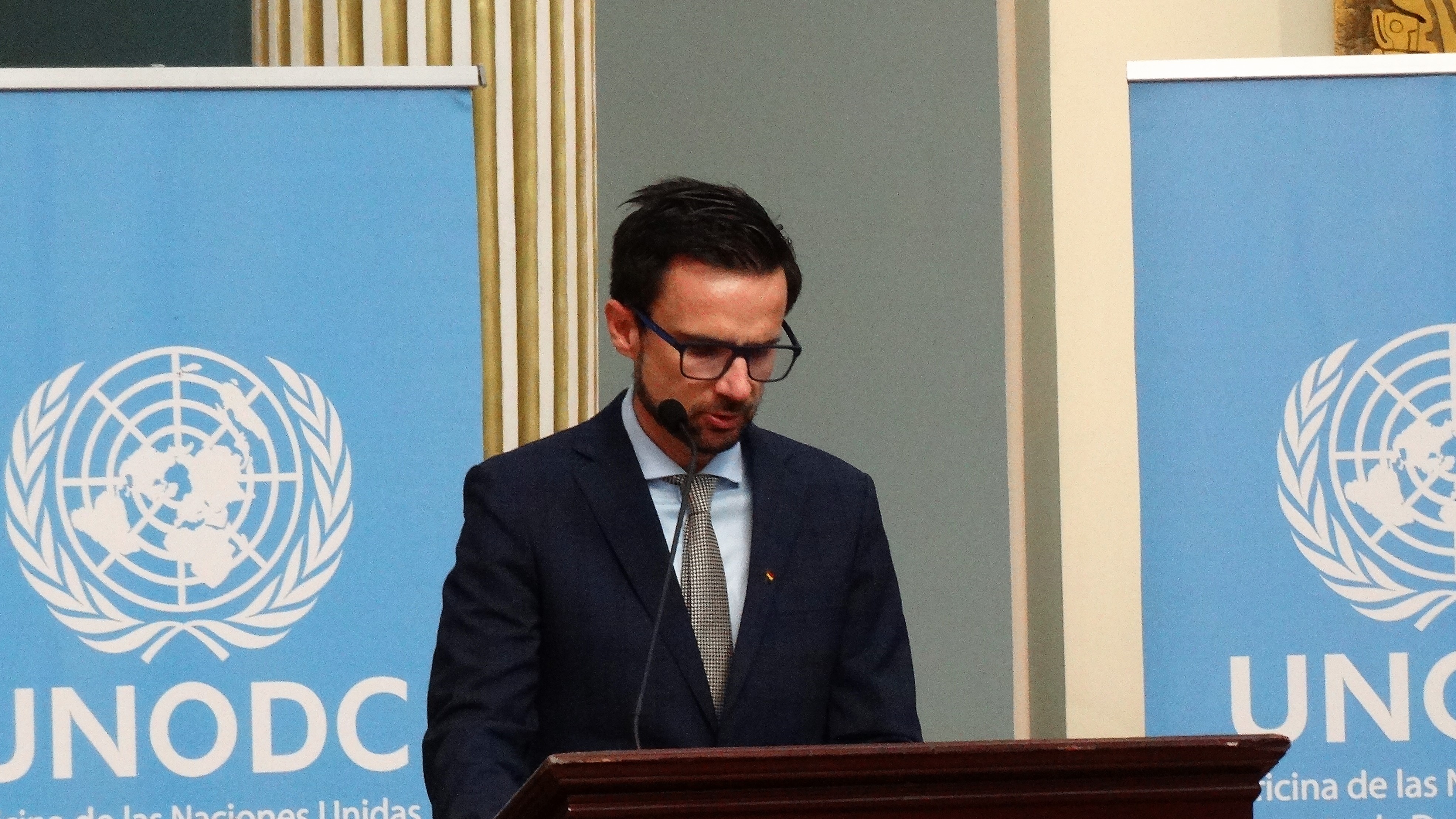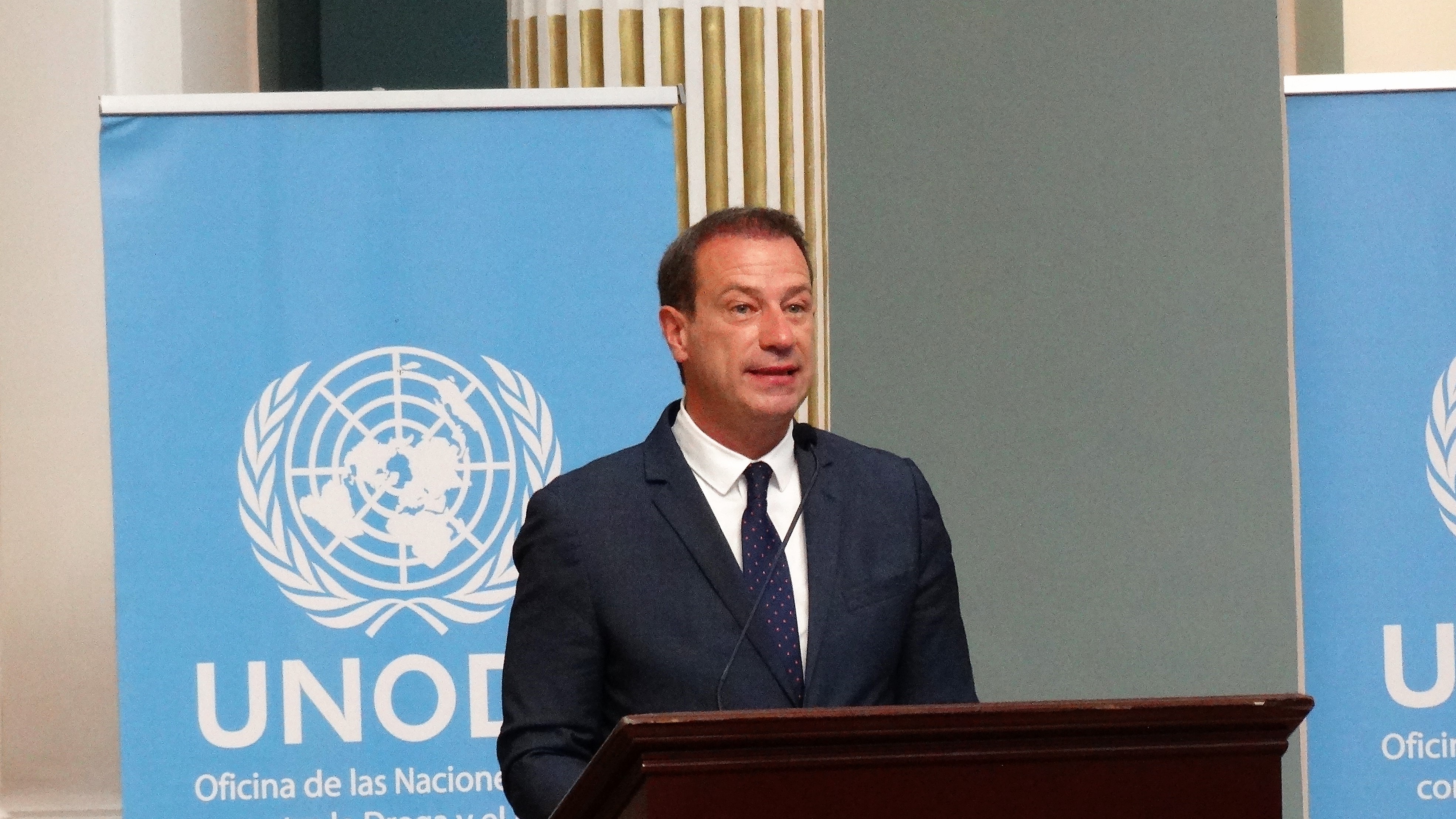With the support of the European Union, UNODC presented the Coca Crop Monitoring Survey Report 2020
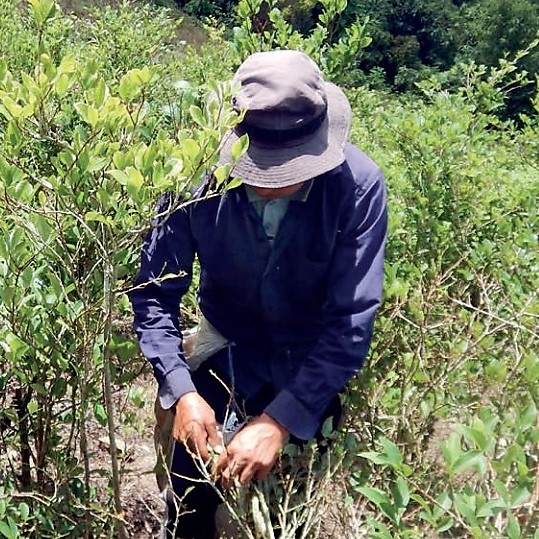 La Paz/Vienna, August 31st, 2021 (United Nations) - With funding from the European Union, the United Nations Office on Drugs and Crime (UNODC) and the government of the Plurinational State of Bolivia presented today in La Paz the Coca Crop Monitoring Survey Report 2020. This report shows an increase in coca cultivation of 15 percent compared to 2019 data. The cultivated area increased by 3,900 hectares (ha) from 25,500 ha in 2019 to 29,400 ha in 2020.
La Paz/Vienna, August 31st, 2021 (United Nations) - With funding from the European Union, the United Nations Office on Drugs and Crime (UNODC) and the government of the Plurinational State of Bolivia presented today in La Paz the Coca Crop Monitoring Survey Report 2020. This report shows an increase in coca cultivation of 15 percent compared to 2019 data. The cultivated area increased by 3,900 hectares (ha) from 25,500 ha in 2019 to 29,400 ha in 2020.
According to the Report, the Yungas regions of La Paz, the Cochabamba Tropics (which includes producing areas in Santa Cruz and Beni), and the North of La Paz accounted for 62 percent, 36 percent, and 2 percent respectively of the coca cultivated areas in the country. Through the interpretation of very high-resolution satellite images, UNODC recorded an increase in the area under coca cultivation in the three coca growing regions: in the Yungas region of La Paz, the increase was 12 percent to 18,302 ha; in the Tropic of Cochabamba, an increase of 21 percent to 10,606 ha was recorded; and in the Northern region of La Paz, the area under coca cultivation increased by 9 percent to 510 ha of coca cultivation.
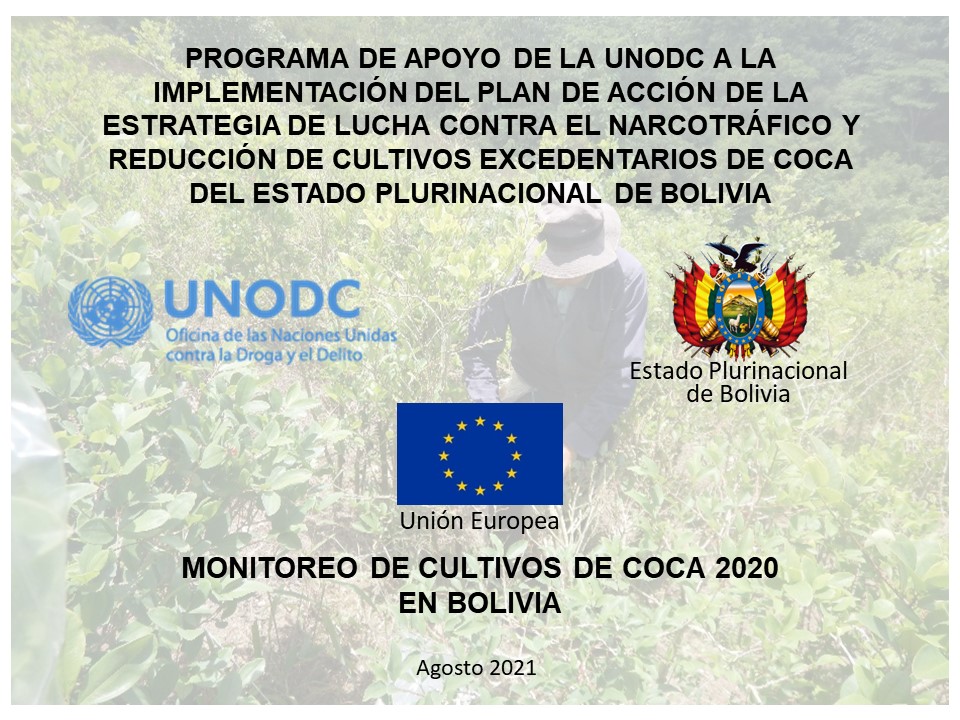
The highest increase in coca cultivation area was recorded in the Sud Yungas province of the Yungas region of La Paz, reaching 11,934 ha of coca cultivation in 2020, 1,560 ha additional compared to 2019. In the Cochabamba Tropics region, the Carrasco Province registered an increase of 807 ha, reaching a total of 4,649 ha of coca cultivation in 2020.
The Government of the Plurinational State of Bolivia recorded a decrease in the rationalized/eradicated area between 2019 and 2020, from 9,205 ha to 2,177 ha. In 2020, 64 percent of the rationalized/eradicated area corresponds to the Cochabamba Tropics, 19 percent to the Yungas of La Paz and 17 percent to the departments of Santa Cruz and Beni.
Starting in 2019, UNODC performs validation of coca crop rationalization/eradication (R/E) information in Bolivia provided by the government. In 2020 out of a total of 2,177 ha of rationalized/eradicated coca cultivation reported by the Bolivian government, UNODC accompanied the rationalization/eradication tasks of 131 ha.
The report also recorded the presence of coca cultivation in 6 of the 22 Protected Areas at the national level. In these areas, an area of 454 ha of coca cultivation was identified, which are located within the three coca growing regions. The National Park most affected by coca cultivation was Carrasco (163 ha), followed by Amboró (87 ha), Madidi (63 ha), Apolobamba (59 ha), Cotapata (55 ha) and Isiboro Sécure (27 ha). The National Parks that registered a decrease were Isiboro Sécure (4%) and Madidi (3%). Within the areas destined to regularize the agrarian property rights to avoid new settlements (sanitized areas) inside Isiboro Sécure (Polygon 7) and Carrasco National Parks (inside the red line), 2,315 ha of coca cultivation were identified.
These figures reflect the main findings of the latest Coca Crop Monitoring Report in Bolivia, carried out in the framework of the UNODC Support Program, financed by the European Union Delegation in Bolivia, for the Implementation of the Action Plan of the Strategy to Combat Drug Trafficking and Reduce Surplus Coca Crops of the Plurinational State of Bolivia.
The UNODC Representative in Bolivia, Thierry Rostan, also recommended some actions that could contribute to improve the control of coca cultivation in Bolivia, among which are: 1) Improve controls and records of coca leaf commercialization in authorized markets and promote measures to avoid its diversion to illicit markets; 2) Increase control measures to avoid the expansion of coca crops to Unauthorized Zones such as those surrounding the boundaries of the Ayopaya Province in the Department of Cochabamba, the Sud Yungas Provinces Municipality of La Asunta, Inquisivi and Murillo in the Department of La Paz, Moxos in the Department of Beni and Ichilo in the Department of Santa Cruz; 3) Systematically prevent the proliferation of surplus coca crops in National Parks and Protected Areas through the eradication of these crops and the generation of reforestation policies in the affected areas.; 4) Strengthen the mechanisms of social control of coca leaf production to maintain the surface of this crop within the limits established in Law 906; 5) Continue strengthening the rationalization/eradication processes, as well as the implementation of the measures established in its public policy and promote food security, integral and sustainable development related to international markets in coca producing areas, to mitigate the expansion of surplus crops in a peaceful manner and with socioeconomic development; 6) Continue with the scientific studies that allow obtaining better parameters to estimate the volume of coca leaf production and the potential production of cocaine in the country.
